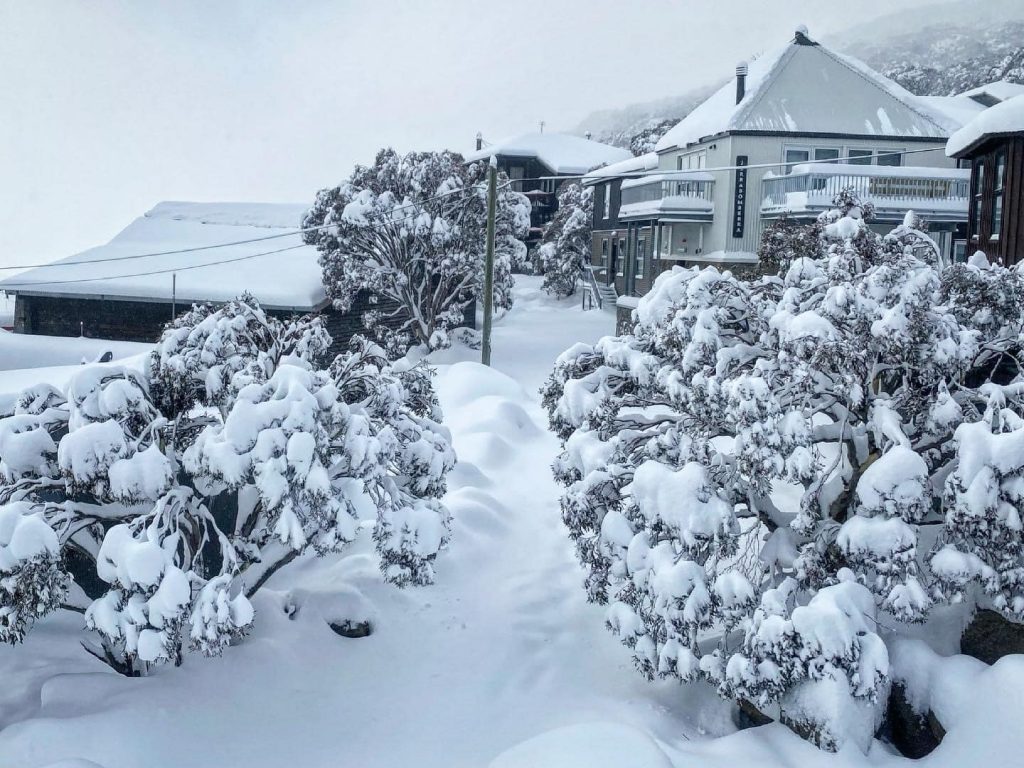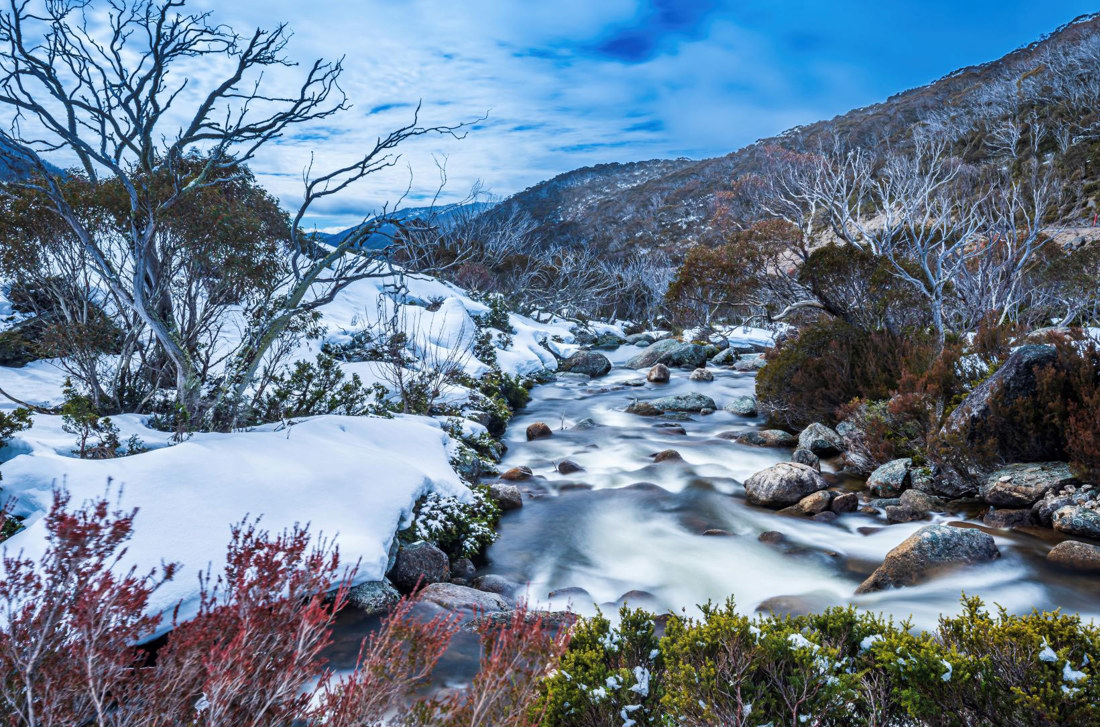Learn Which Regions Get the Most Snow In Australia During the Winter Months
Learn Which Regions Get the Most Snow In Australia During the Winter Months
Blog Article
Discover the Interesting Effects of Snow in Australia on Regional Communities
In spite of its track record for sun-soaked landscapes, Australia also flaunts areas blanketed by snow-- a sensation that greatly influences the country's distinct ecosystems. The shielding residential properties of snows protect vegetation and fauna amidst the chilliest winters, while the melting snow supports rivers and marine life.
The Unanticipated Regions of Snowfall in Australia
Although Australia is often related to sandy beaches and sun-scorched landscapes, specific areas surprisingly experience snowfall. The high nation areas of New South Wales, Victoria, and Tasmania are especially recognized for their winter snow. The Snowy Hills in NSW, for circumstances, receive abundant seasonal snow, offering a stark contrast to the country's normal hot, arid climate. On the other hand, the Victorian Alps and parts of Tasmania also see annual snowfalls, transforming the landscape right into a winter months heaven. These locations are not just anomalies however integral components of Australia's diverse climate system. The presence of snow in these regions considerably influences neighborhood communities, subsequently affecting the country's unique biodiversity. However, the particular influence on Australia's distinctive vegetation will be reviewed in the next area.

Just How Snow Impacts Australia's One-of-a-kind Plants
While it might appear unusual, snowfall in Australia plays a vital role fit the country's distinct plants. The snow-filled winter seasons foster resilience in Australian plant varieties. This is especially evident in the sub-alpine and towering regions, where snow gums and hill plum-pines flourish. These plants have advanced to survive in extreme problems, with snow serving as a safety blanket from rough winds and freezing temperatures. The snow additionally adds to the dampness material of the soil, offering essential hydration for plant life throughout the dry summertime. In essence, the snow affects the timing of flowering and seed dispersal, the development prices, and the survival of lots of plant species, showcasing the elaborate interaction between environment and flora in Australia.

The Adaptations of Australian Fauna to Snowfall
Just as Australia's plants has adjusted to the wintery problems, the local fauna too, display impressive adjustments to the snowfall. It makes use of the snow as insulation, hibernating in rock gaps below the snow to remain cozy. The Snow Skink, a species of lizard, transforms its colour to white throughout winter, offering camouflage versus killers.
The Function of Snow in Forming Local Environments
In shaping the neighborhood ecosystems, the role of snow in Australia is both profound and check here multilayered. It influences the distribution of plants and animals, largely specifying the biodiversity of sub-alpine and towering areas. Snow provides an important water source, feeding rivers and storage tanks as it thaws, thus sustaining a range of water life kinds. In addition, snow serves as an insulator, securing ground-dwelling organisms from extreme cold. It plays a substantial function in soil formation and nutrient cycling. The routine cold and thawing of soil caused by snowfall promotes the failure of rocks, boosting soil fertility. Consequently, the existence of snow shapes the vegetation patterns, pet habits, and total sustainability of Australia's one-of-a-kind environments. Does It Snow In Australia.

The Future of Snowfall in Australia: Predictions and Effects

Given the critical function snow plays in shaping neighborhood communities, the future of snowfall in Australia is drawing boosting attention from researchers and environmentalists. Less snow could result in minimized water availability in towering regions, negatively influencing wildlife environments and plant life. The tourism market, heavily dependent on the winter season snow period, may likewise face substantial challenges.
Conclusion
The duty of snow in Australia's environments is crucial yet often ignored. Therefore, the snow in Australia is extra than an all-natural spectacle; her comment is here it's an essential gamer in the nation's ecological narrative.
Despite its track record for sun-soaked landscapes, Australia additionally boasts regions blanketed by snow-- a sensation that greatly affects the country's one-of-a-kind ecological communities. It uses the snow as insulation, hibernating in rock crevices under the snow to stay warm - look at this now Snow In Australia.In shaping the regional environments, the duty of snow in Australia is both multilayered and extensive. The visibility of snow forms the plants patterns, pet behavior, and overall sustainability of Australia's distinct ecosystems
Given the crucial duty snow plays in forming neighborhood communities, the future of snowfall in Australia is attracting boosting focus from researchers and conservationists.
Report this page